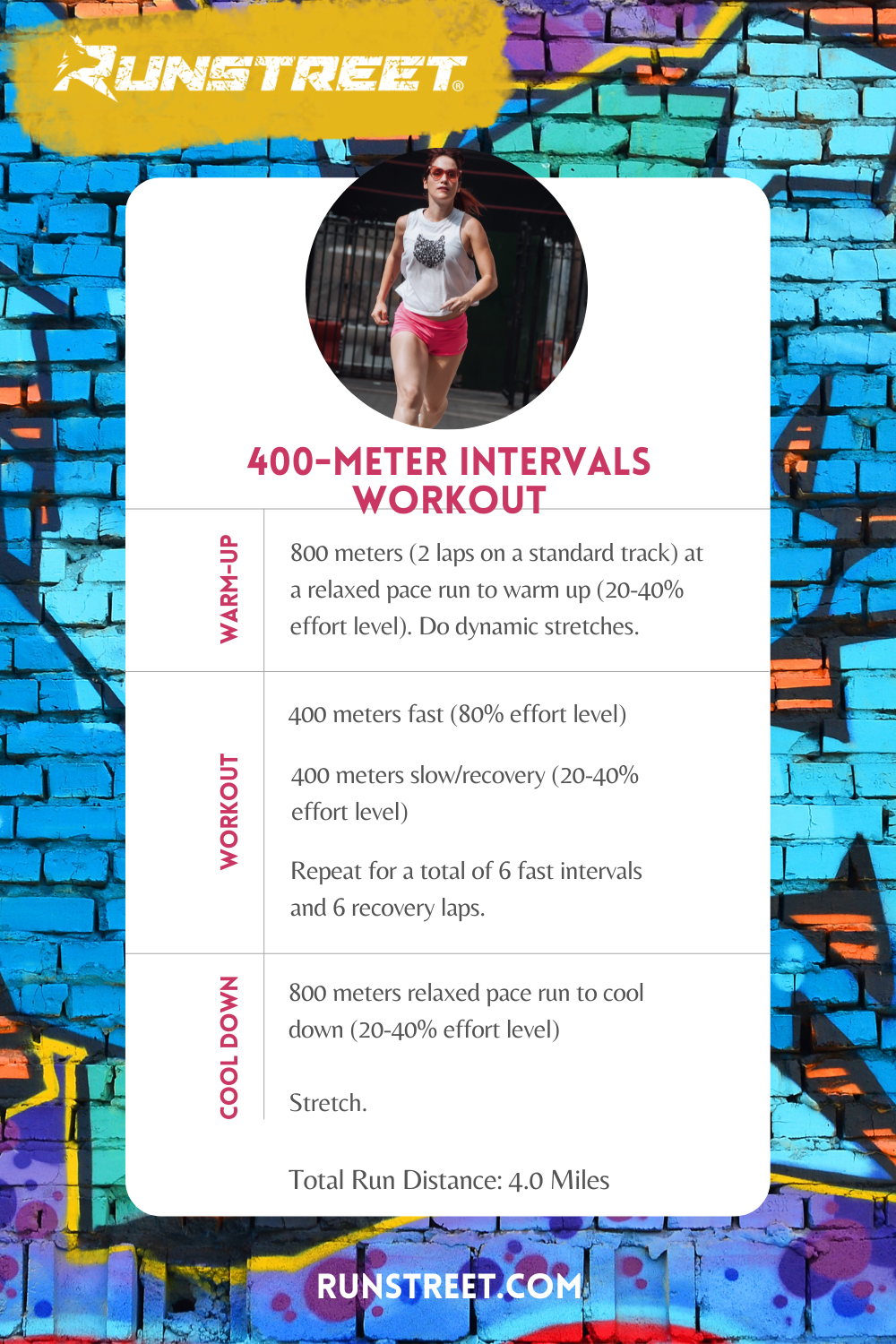Running Workout Techniques: Strategies to Improve Stamina and Rate
Running Workout Techniques: Strategies to Improve Stamina and Rate
Blog Article
Handling Usual Running Discomforts: Causes, Solutions, and Prevention
As joggers, we frequently run into numerous discomforts that can prevent our performance and pleasure of this physical task. From the devastating pain of shin splints to the unpleasant IT band disorder, these typical operating discomforts can be aggravating and demotivating. Comprehending the reasons behind these ailments is essential in properly resolving them. By checking out the root factors for these operating pains, we can discover targeted remedies and preventive measures to guarantee a smoother and much more satisfying running experience (go to this site).
Common Running Pain: Shin Splints
Shin splints, a common running discomfort, often result from overuse or inappropriate shoes during physical activity. The recurring anxiety on the shinbone and the tissues attaching the muscular tissues to the bone leads to inflammation and pain.
To stop shin splints, individuals must progressively enhance the intensity of their exercises, use ideal footwear with appropriate arch assistance, and preserve adaptability and strength in the muscular tissues bordering the shin. If shin splints do happen, first treatment involves remainder, ice, compression, and altitude (RICE) Additionally, integrating low-impact tasks like swimming or biking can assist keep cardiovascular physical fitness while permitting the shins to heal. Consistent or serious instances might require clinical evaluation and physical therapy for efficient administration.
Usual Running Discomfort: IT Band Disorder
Along with shin splints, an additional widespread running discomfort that professional athletes often encounter is IT Band Syndrome, a condition brought on by inflammation of the iliotibial band that runs along the outer thigh and knee. IT Band Disorder commonly shows up as discomfort on the exterior of the knee, specifically throughout tasks like running or biking. The iliotibial band is a thick band of fascia that links the hip to the shin, and when it becomes inflamed or limited, it can massage versus the thigh bone, leading to pain and discomfort.
Joggers experiencing IT Band Syndrome may see a stinging or aching feeling on the external knee, which can get worse with ongoing activity. Aspects such as overuse, muscle mass imbalances, improper running type, or poor warm-up can add to the growth of this problem.
Common Running Discomfort: Plantar Fasciitis

Plantar Fasciitis can be credited to different aspects such as overtraining, inappropriate footwear, running on hard surface areas, or having high arches or flat feet. To avoid and minimize Plantar Fasciitis, runners can integrate stretching exercises for the calf bones and plantar fascia, put on supportive footwear, maintain a healthy and balanced weight to lower stress on the feet, and progressively raise running strength to avoid abrupt stress on the plantar fascia. If symptoms persist, it is recommended to get in touch with a healthcare professional for proper medical diagnosis and treatment choices to attend to the condition properly.
Typical Running Pain: Runner's Knee
After resolving the challenges of Plantar Fasciitis, another common problem that runners commonly encounter is Runner's Knee, a common running pain that can prevent athletic efficiency and cause pain during physical task. Jogger's Knee, likewise known as patellofemoral pain disorder, materializes as discomfort around or behind the kneecap. Runners experiencing this discomfort may really feel a dull, hurting discomfort while running, going up or down stairways, or after extended periods of resting.
Common Running Pain: Achilles Tendonitis
Typically affecting runners, Achilles Tendonitis is an uncomfortable problem that influences the Achilles ligament, creating pain and possible restrictions in physical task. The Achilles ligament is a thick band of tissue that links the calf bone muscular tissues to the heel bone, essential for tasks like running, jumping, and walking - Get More Info. Achilles Tendonitis usually develops because of overuse, inappropriate shoes, inadequate stretching, or abrupt boosts in physical activity
Signs of Achilles Tendonitis include pain and stiffness along the ligament, specifically in the early morning or after periods of lack of exercise, swelling that worsens with task, and potentially bone stimulates in chronic situations. To avoid Achilles Tendonitis, it is necessary to stretch properly before and after running, wear ideal footwear with appropriate support, progressively enhance the intensity of workout, and cross-train to decrease repeated tension on the ligament. Treatment may entail rest, ice, compression, elevation (RICE procedure), physical treatment, orthotics, and in extreme cases, surgical procedure. Early treatment and appropriate care are essential for handling Achilles Tendonitis effectively and avoiding long-lasting complications.
Conclusion

Report this page